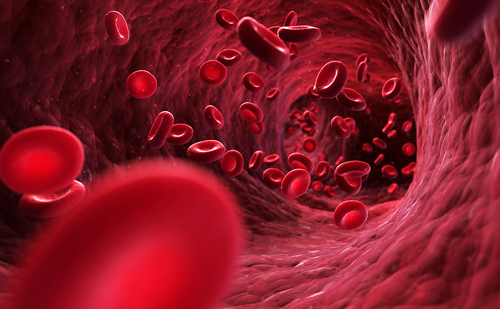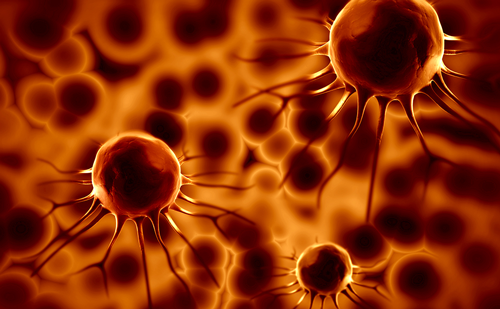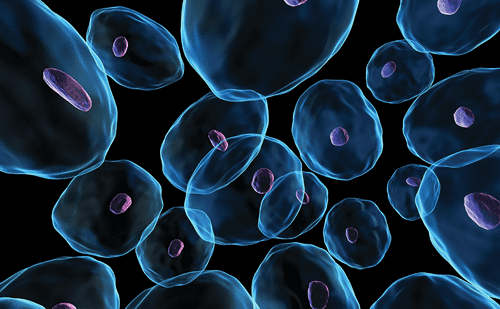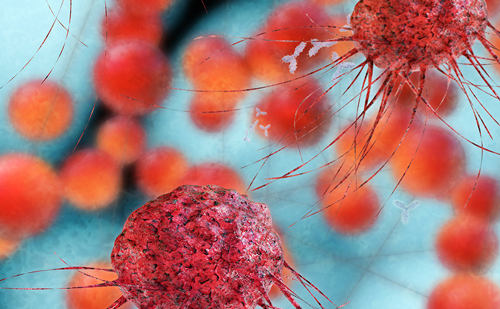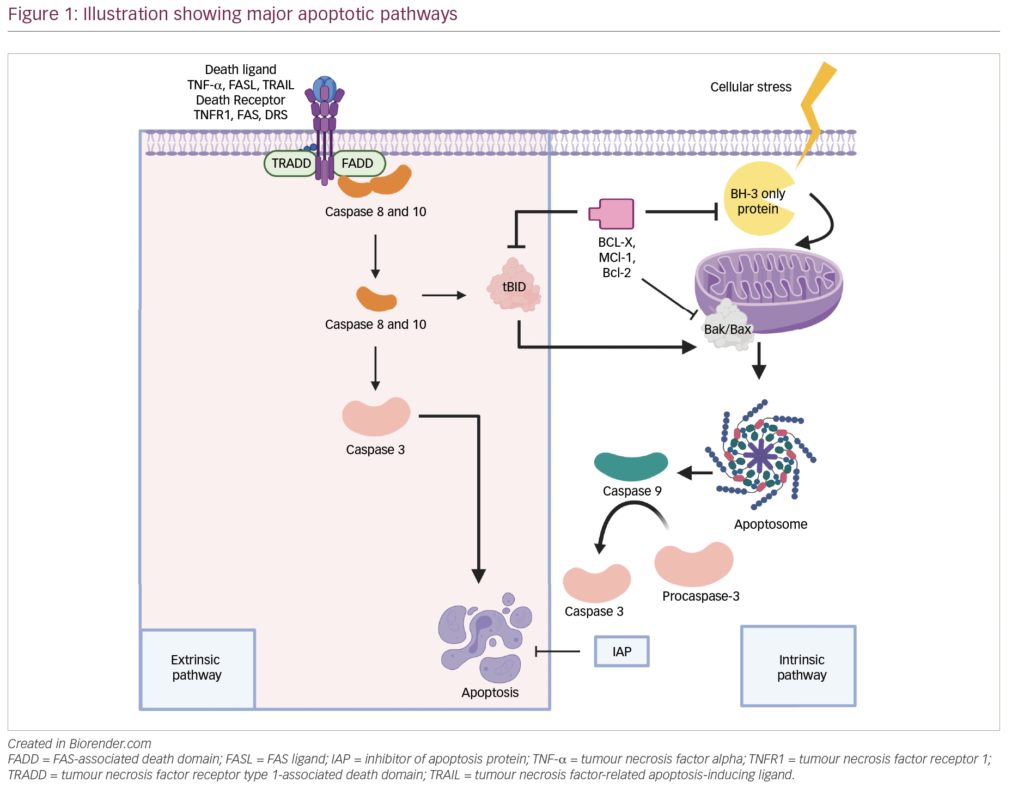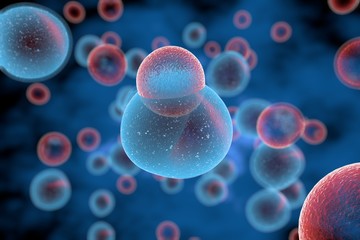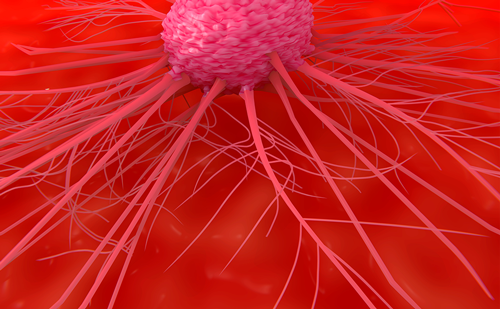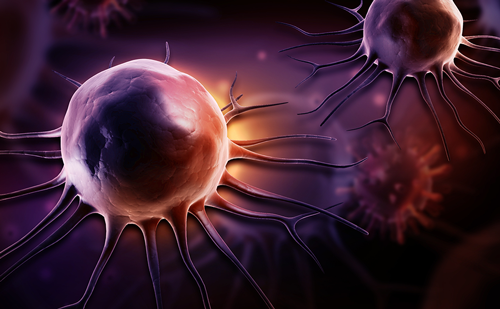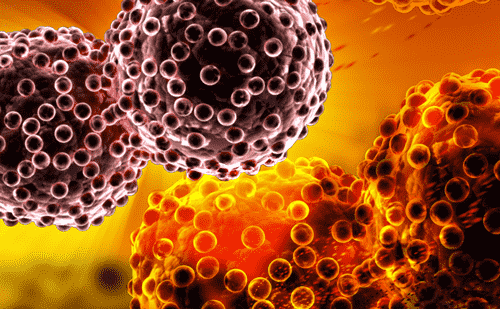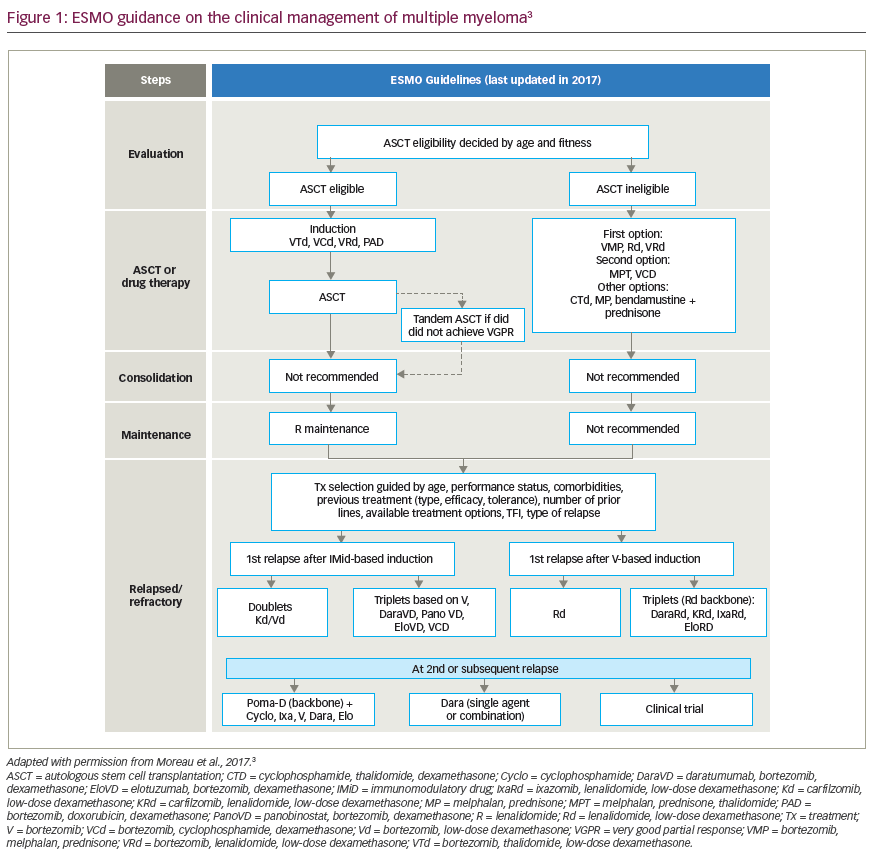Abstract
The adoption of high dose therapy and autologous stem cell rescue (ASCT) for multiple myeloma (MM) in the 1990s heralded a significant advance in outcomes for this incurable plasma cell malignancy. However, over the last decade, the availability of novel agents has once again radically altered the landscape of MM therapy and previously unachievable response rates have led to widespread adoption of these drugs. Clinicians now face a number of unanswered questions surrounding the role of ASCT in modern therapy and the optimal combination of ASCT and novel agents in the treatment paradigm is yet to be determined. In this review we explore the quagmire of evidence, discuss the ways in which ASCT could be employed, and delineate some of the important outstanding issues.
To view the full article in PDF or eBook formats, please click on the icons above.


